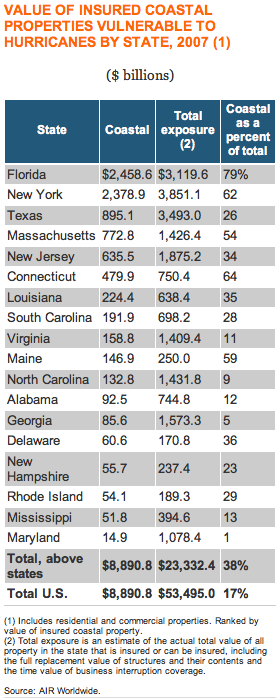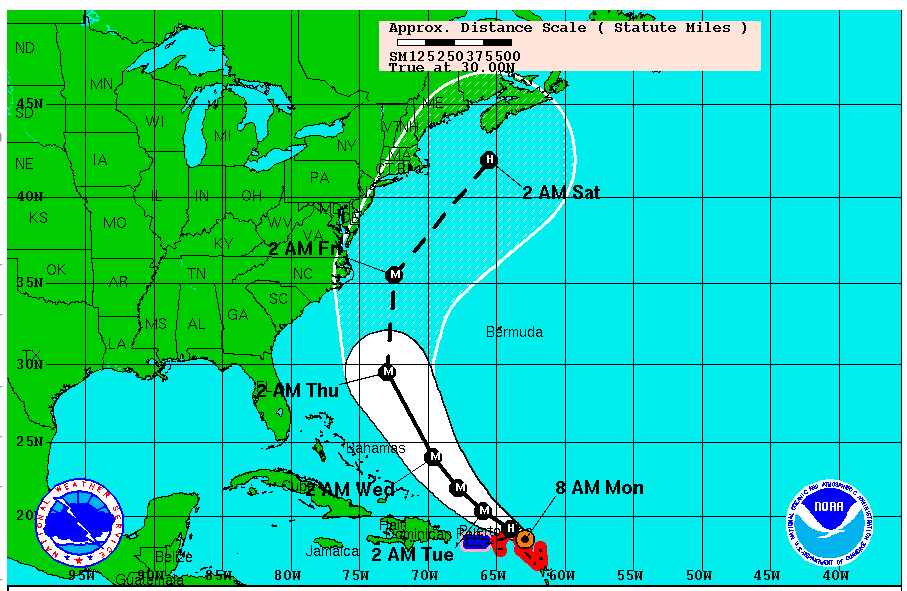
As we look back upon the fifth anniversary of worst hurricane in U.S. history, two windstorms churn through the Atlantic. The first, Danielle, fortunately veered away from the coastline, its destructive power withering by the hour. The second, Earl, on the other hand, is strengthening, with sustained winds already reaching 135 mph and a trajectory that has the whole Eastern Seaboard on watch.
Katrina taught us many things about disaster preparedness and response. It gave us vivid, appalling visions of a new worst-case scenario. Even more powerfully, Spike Lee put together two gripping documentaries that unveil the true, long-term magnitude of the tragedy, the second of which, If God Is Willing And Da Creek Don’t Rise, recently premiered on HBO and is a much-watch look into just how much the city has suffered — without crumbling — since the floodwaters receded.
At Risk Management magazine, ever since the storm, we have tried to tell some of the city’s other stories. I wrote an article about the New Orleans Museum of Art’s harrowing days after the storm and the commando art restoration team that saved collections throughout the city. Another story detailed how a casino risk manager in the midst of a major merger had to deal with $1 billion in lost property after his company’s riverboat was thrown 2,000 feet by storm surge. And we tried to find some semblance of a silver lining by offering these lessons that all of us can learn from a disaster of this magnitude.
Unfortunately, it seems as though few lessons have actually been learned. Oh, they have been discussed ad nauseum and the outrage expressed has generally been genuine. But actual behavior has largely remained unchanged. Still, most people admit that they are unprepared for disasters.
Hopefully, most companies and organizations are more confident. But many are not — or at least have no cause to be. Along these lines, we plan to spend the rest of this week (and much of September, which is National Preparedness Month) remembering what happened on August 29, 2005, and emphasizing the importance of disaster preparedness and response.
I encourage you to click some of the links above and check back soon for more.



